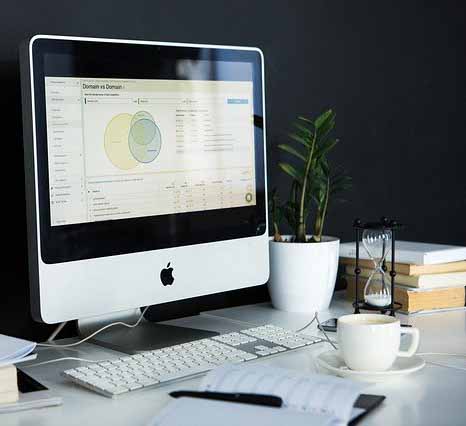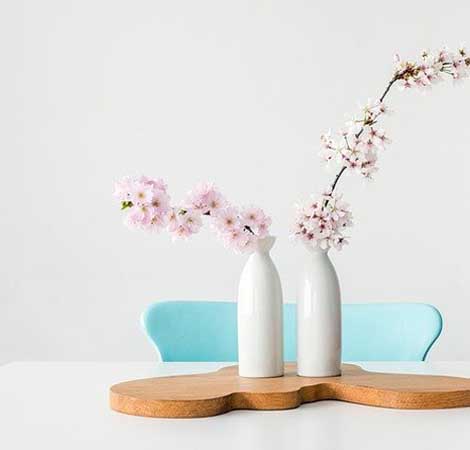
As we make our way into our place of work each day (be it a home office or otherwise) – no matter what our work involves – we are constantly influenced by our surroundings. We may not realise it, but colour plays a vital role in the choices we make, the way we feel and our productivity, amongst other things.
Meanwhile, what many business owners don’t realise either, is that the colours you choose for your workforce to spend their days in can also have a subliminal effect on your clients too.
Basically, the colours we choose to include in workspace décor is seen to reflect the business’s personality and values. However, it is quite a complex science as the colours used should also reflect the type of industry you are in as well.
image via http://www.interaction.uk.com/
Many brands are even recognisable by the colour of their branding – such as Tiffany’s blue boxes, proving that colour in the workplace really does get under our skin more than we realise it. And furthermore, often the colour of their branding or packaging can influence the way we feel about that brand and what we associate them with.
But these are no happy accidents – these huge brands will spend large amounts of money and put plenty of time into researching the science and psychology behind it. Then they will make very carefully considered choices about their brand colours based on studies and lengthy board meetings.
Table of Contents
What different colours mean:
So what’s it all about? Well, here is a summary of what most colours are thought to mean – obviously, however, this is just a simplified summary and there are varying factors, which we will go into later on:
• RED = Power and passion, confidence and energy.
• GREEN = Money, environment, attractive to youth.
• BLUE = Trust, integration, communication, relates to the mind.
• PURPLE = Luxurious and whimsical, can sometimes appear not in touch with reality though.
• BLACK = Exclusivity and glamour, sophistication.
• YELLOW = Fun and friendly. Happiness, optimism and friendliness.
• ORANGE = Playfulness, comfort, enjoying interaction. Can appear frivolous.
• PINK = Sweet and sexy. Femininity, love and caring.
• BROWN = Warmth and dependability. Safe and reliable.
Contributing factors
How serious is the business
Looking at the degree of seriousness within the business, some of the logic behind these colours will be more applicable to some businesses because of the type of work they do, rather than others.
For example, one design agency undertook a study, painting the office a different colour every week and reviewing staff reactions. But as the business involved sales, staff preferred red and black, above the soothing blues and greens. This proves therefore that it really depends on the type of industry the company is in as to which colours the staff will respond best to.
Likewise, usually more corporate businesses like bankers, accountants, lawyers prefer natural colours. However, if the business is corporate, yet with an element of fun mixed in, then it’s a good idea to include a hint of something more playful, such as orange or yellow. Planscape provide office furniture in various colours to add an accent colour in for a burst of energy or splash of creativity, amongst your primary corporate colour.
Where the colour is being used
You also need to think about where you use colour – from creating the right first impression in the reception; to the general office in which you want to create an aura of performance, productivity and teamwork; then meeting and training rooms, where it is often a good idea to choose colours encouraging creativity and communication.
And if you still don’t believe that colour matters in the workplace, then how about this statistic from colour psychologist, Dr David Lewis, who found that 80% of UK office staff believe the colour of their surroundings has a significant impact on their emotions and performance.






Leave a Reply